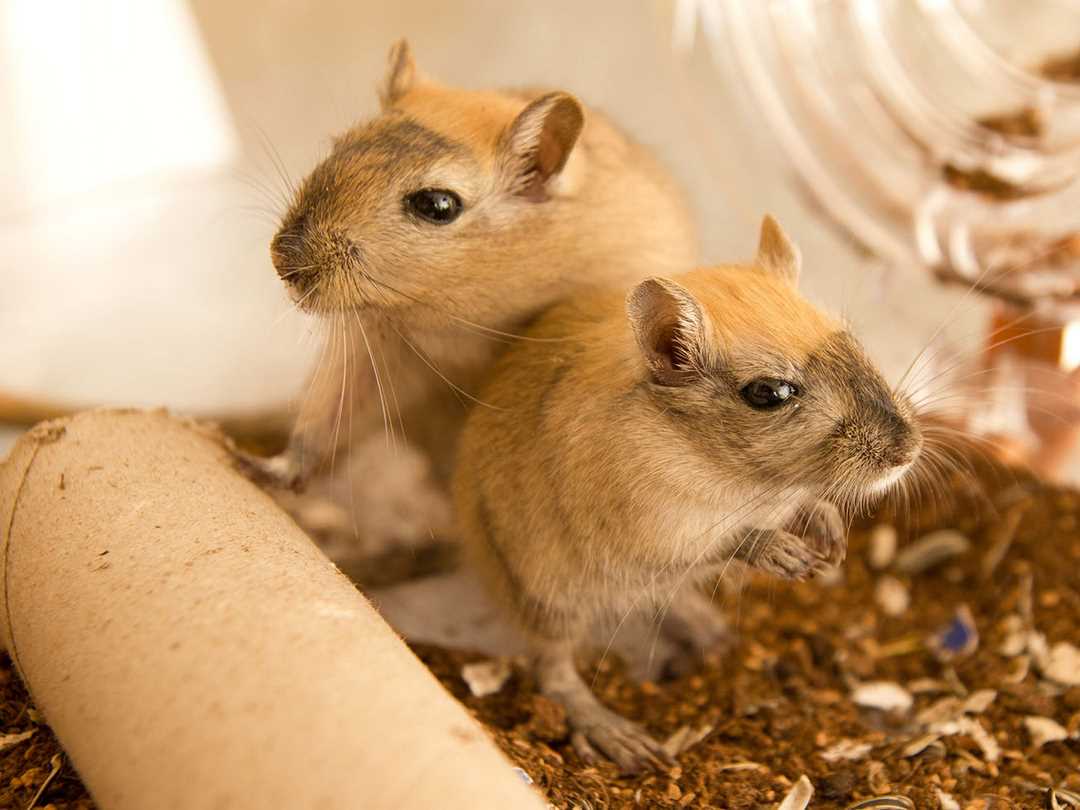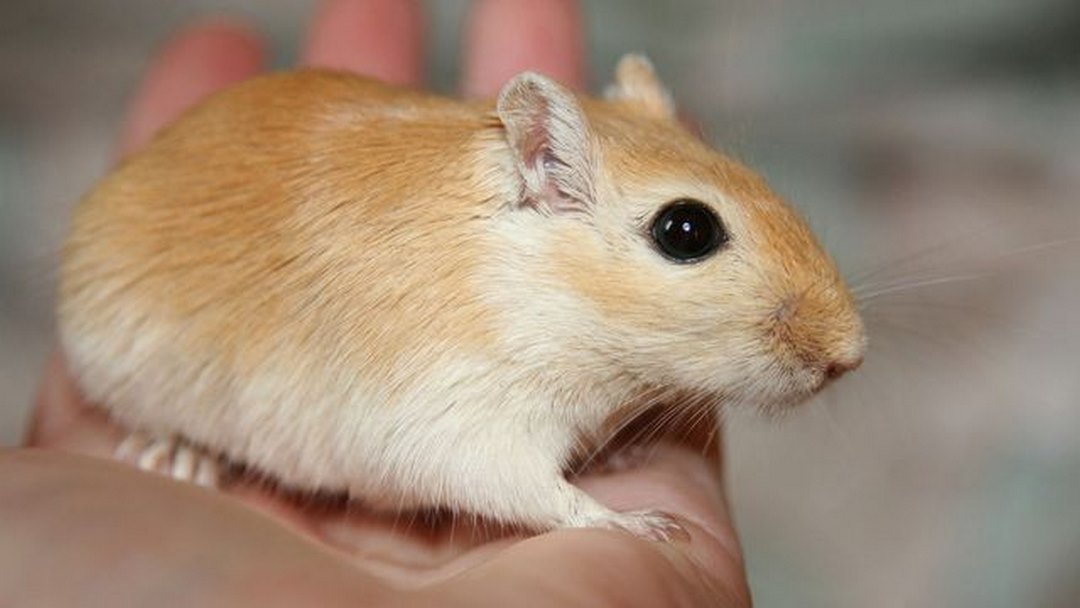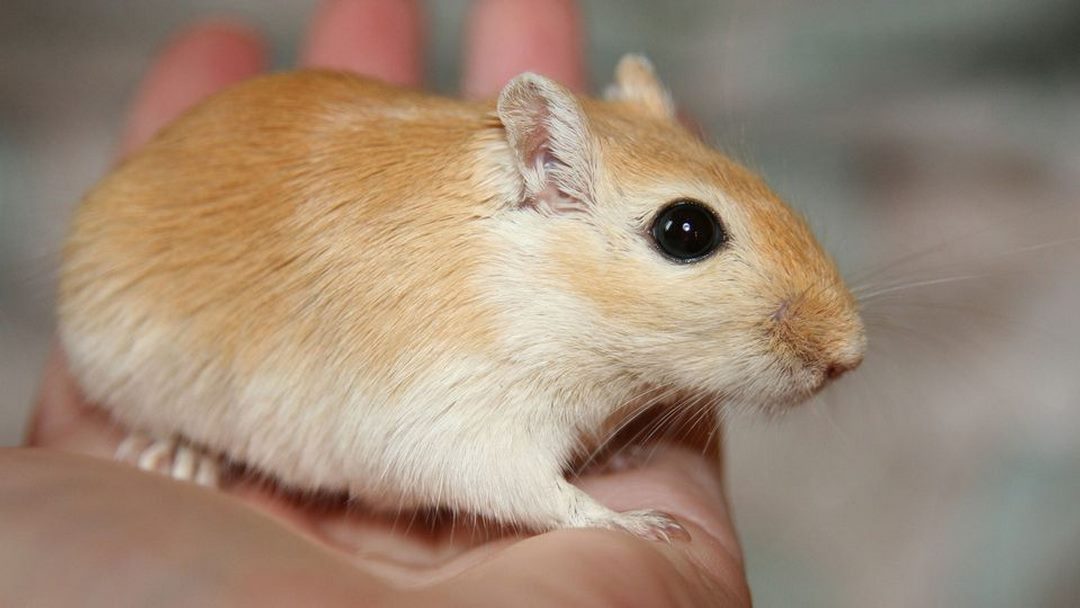Mongolian Gerbils! They are small, friendly rodents often kept as pets and are native to the arid regions of Mongolia and northern China. Here’s a detailed overview
General Information:
- Scientific Name: Meriones unguiculatus
- Size: About 4-5 inches (10-12 cm) in body length, with a tail of equal length.
- Lifespan: Typically 2-4 years in captivity, but some can live up to 5 years.
- Weight: Around 70-130 grams.
- Color: Wild gerbils usually have sandy or agouti coloring to blend with their desert environment, but pet gerbils can come in a variety of colors including black, white, and even spotted varieties.
Behavior:
- Social Animals: Mongolian gerbils are very social creatures and prefer living in pairs or small groups. Keeping them alone can cause stress or behavioral issues.
- Active and Curious: They are known for being active, curious, and relatively easy to handle, making them popular as pets, especially for families.
- Nocturnal but Diurnal Activity: Unlike many rodents, Mongolian gerbils are diurnal, meaning they’re active during the day, although they do have bursts of activity at night.
- Burrowers: In the wild, gerbils are natural burrowers, digging intricate tunnels to create shelter. In captivity, they will appreciate a deep substrate to mimic this behavior.
Care Requirements:
- Housing: Gerbils need a spacious enclosure with good ventilation. A tank or gerbilarium (with solid sides) is often recommended to prevent bedding from spilling out as they dig. Wire cages can hurt their sensitive feet, so these are generally avoided.
- Bedding: A deep layer of bedding is essential to allow them to dig and burrow. Materials like aspen shavings, paper-based bedding, or hay are ideal.
- Diet: Their diet consists of gerbil-specific pellets, along with fresh vegetables, grains, and occasional fruits. They should also have access to clean water at all times.
- Chewing Needs: Their teeth grow continuously, so they need materials to gnaw on, such as wooden blocks, cardboard tubes, or safe chew toys.
Health and Lifespan
- Healthy Pets: Mongolian gerbils are generally hardy animals, but they can be prone to certain conditions like respiratory infections or dental problems if their environment isn’t kept clean or if they don’t have access to chewable items.
- Tail Slip: Gerbils have delicate tails, and rough handling can cause a condition called “tail slip,” where the skin on the tail is injured or slips off. It’s important to avoid grabbing them by their tail.
Interaction and Handling:
- Gentle Pets: Gerbils are friendly and rarely bite, which makes them suitable for children and adults alike. However, it’s important to handle them gently and frequently to keep them accustomed to human interaction.
- Playtime: They are energetic and will enjoy exploring their surroundings during supervised out-of-cage playtime, though you need to ensure the area is safe and escape-proof.
Breeding:
- Reproductive Cycle: Gerbils breed quickly, with females having a gestation period of around 24 days and can have 5-7 pups per litter. Therefore, if you’re keeping a male and female together, be mindful that they will breed unless you take measures to separate them or ensure they are the same sex.
Fun Facts:
- Thumping Behavior: Gerbils often communicate by thumping their hind legs on the ground, which can be a signal of excitement, alarm, or to get the attention of other gerbils.
- Tidy Pets: Compared to some other rodents, gerbils tend to be quite clean and have little odor, making them low-maintenance pets in terms of cleanliness.
Mongolian Gerbil as a Pet:
Mongolian gerbils make excellent pets due to their social, friendly nature and minimal care requirements. They are ideal for people who want a low-maintenance, engaging, and affectionate small pet. However, it’s important to meet their social and environmental needs by providing companionship, mental stimulation, and proper housing.
Here are some gentle and informed answers about Mongolian gerbils
Are Mongolian gerbils friendly?
Yes, Mongolian gerbils are known for being friendly and social animals. They are naturally curious and generally enjoy the company of humans once they get used to their surroundings. While they may be a bit shy at first, with patience and gentle handling, they can become quite affectionate and playful. Gerbils are social creatures and usually do well in pairs or small groups, so they love companionship.
How long do Mongolian gerbils live for?
Mongolian gerbils typically live for about 2 to 4 years, but with proper care, some can live even longer, sometimes up to 5 years. A healthy diet, a clean living environment, and regular mental stimulation all contribute to their well-being and longevity. It’s important to note that gerbils are relatively low-maintenance pets, but they still need consistent care to thrive.
Can you hold Mongolian gerbils?
Yes, you can hold Mongolian gerbils, and they often enjoy interacting with their owners! However, it’s important to handle them gently and with care. When you pick up a gerbil, it’s best to support their body with both hands, as they can be quite quick and may jump if they feel insecure. Regular, gentle handling helps them get accustomed to being held, making them more comfortable and trusting over time.
What does a Mongolian gerbil eat?
Mongolian gerbils are omnivores, but their diet mainly consists of plant-based foods. In captivity, they thrive on a mix of commercial gerbil food, which typically includes grains, seeds, and pellets. You can also supplement their diet with fresh vegetables like carrots, kale, and leafy greens, as well as small amounts of fruits like apples (without seeds). It’s also a good idea to provide them with some chew toys or wooden blocks to help wear down their ever-growing teeth. Fresh water should always be available.





